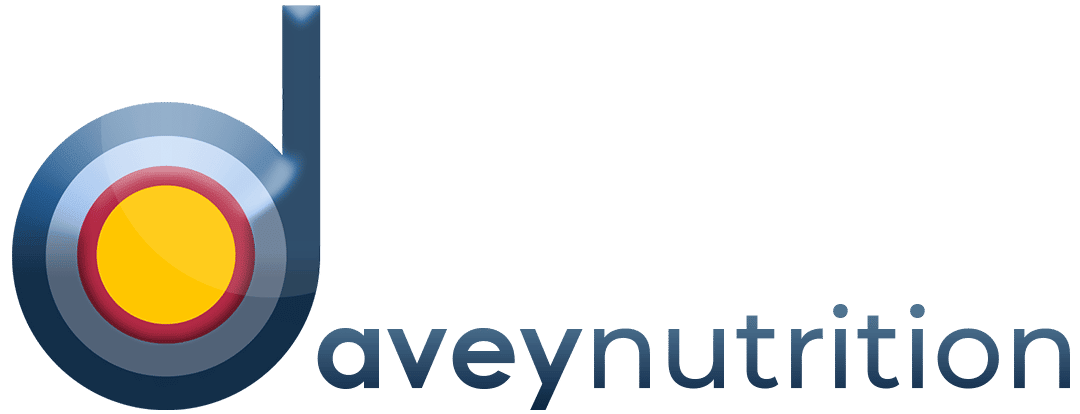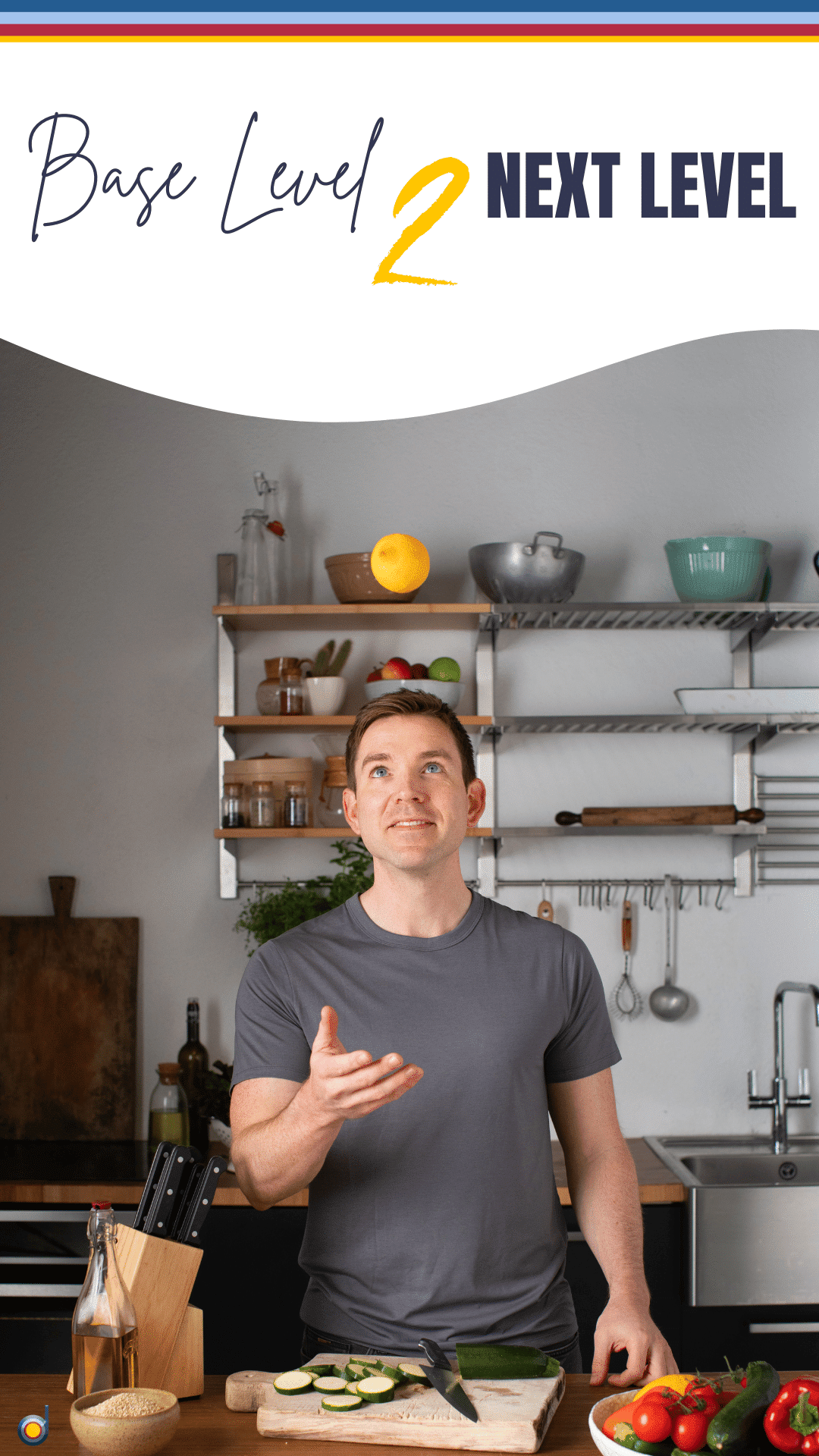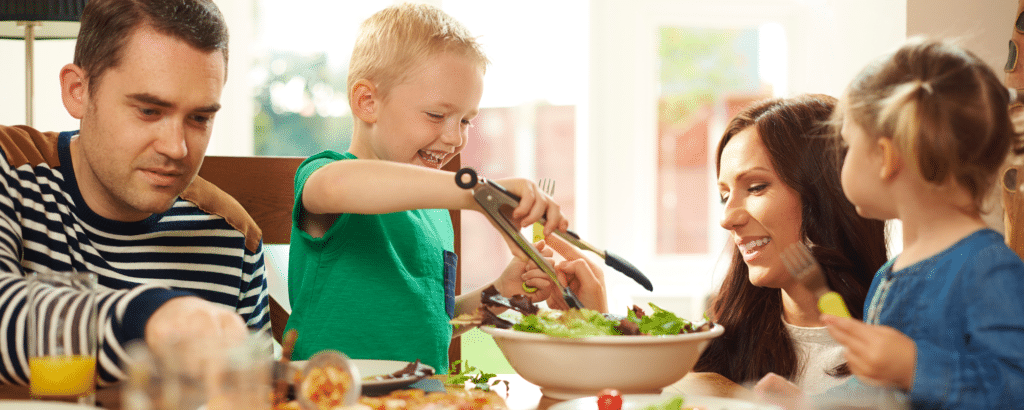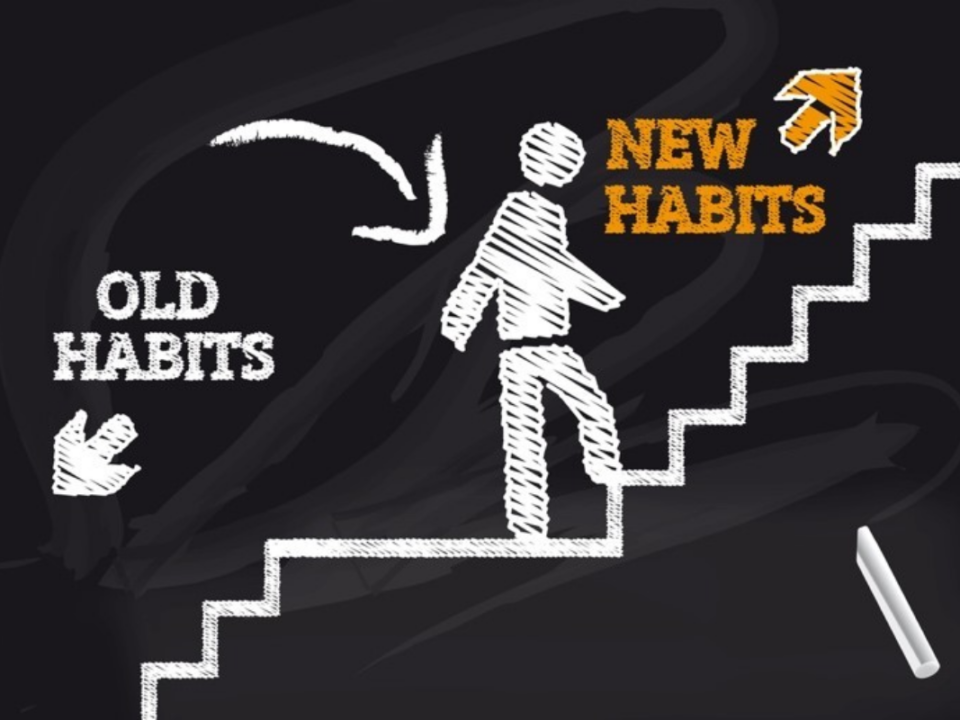Take a moment to reflect on the last time you ate something. How did you feel about eating it? Were you hungry before eating? How full were you afterward? Was the food satisfying? These questions may seem difficult to answer, and that may be because you, like many, have learned to rely on external influences to guide food choices. It may also be difficult to answer simply because it’s not something you might have ever taken the time to consider.
Combining Outer + Inner Wisdom
There are lots of external factors that influence our food choices. Whether it’s diet plans, routines, habits, tracking foods, traditions and social influences to name a few. However, it is less common to reflect inwards and use our own experiences, thoughts and feelings to guide our food choices. The goal is not to focus on one way or the other but rather, combine outer wisdom with inner wisdom to gain a greater understanding of our own individual nutrition requirements. Calculated numbers can only bring us so far, we must continue to develop our experiences of how those numbers sit with us, our demands, our lifestyle, our goals and continue to reflect as we evolve and circumstances inevitably change.
Our Aim
We at daveynutrition aim to provide evidence based nutrition information in a practical manner so that you can be sure the information you receive is reliable and supports your learning process to achieve your health and performance goals. With this in mind, we understand the importance of individual nutrition requirements and the value of building awareness around those requirements. However, the practicalities of knowing this information and really experiencing what this looks and feels like from an individual perspective, requires a great deal of self awareness. Unless we are willing to build that skill, it makes it difficult to really allow ourselves to foster a lifelong approach and a true understanding of individualised nutrition.
Here are some ways you can start drawing your attention inward on what your body needs and how to build a practical approach to meeting your needs:
Set yourself a gentle routine for eating meals and snacks.
Generally, eating every 3-4 hours will provide you with consistent fuel in the tank, especially if you’re too distracted to notice when you’re hungry.
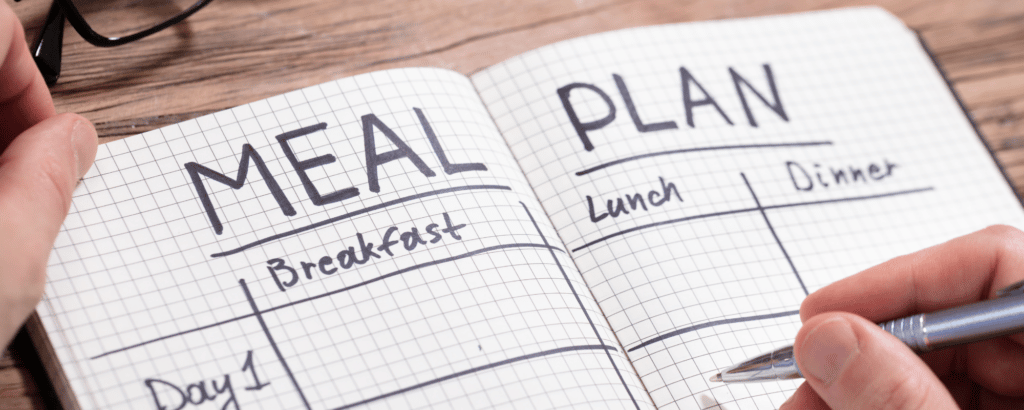
Pay attention to your body.
- Let your hunger and fullness cues guide you on when and how much to eat. Tuning into our internal physical senses (interoceptive awareness) promotes an experience where you embrace and become attuned with bodily cues for hunger and nourishment and learn to eat for pleasure without guilt or shame. This can take time. If we aren’t naturally tuning into our hunger cues it’ll take some practice to get into it.
Practice ICAN (Internal Cue Awareness)Before each meal, note the time of the meal, and then give yourself a hunger rating. Here’s a 5 point scale:
- Not hungry at all
- Slightly hungry
- Moderately Hungry
- Very Hungry
- Extremely Hungry (hangry)
Write down what you ate, estimating the quantities to the best of your ability without actually measuring, and give yourself a fullness rating. Here’s a 5 point scale:
-
- I feel like I hardly ate anything
- Slightly Satisfied
- Moderately Full
- Very Full
- Stuffed and uncomfortable
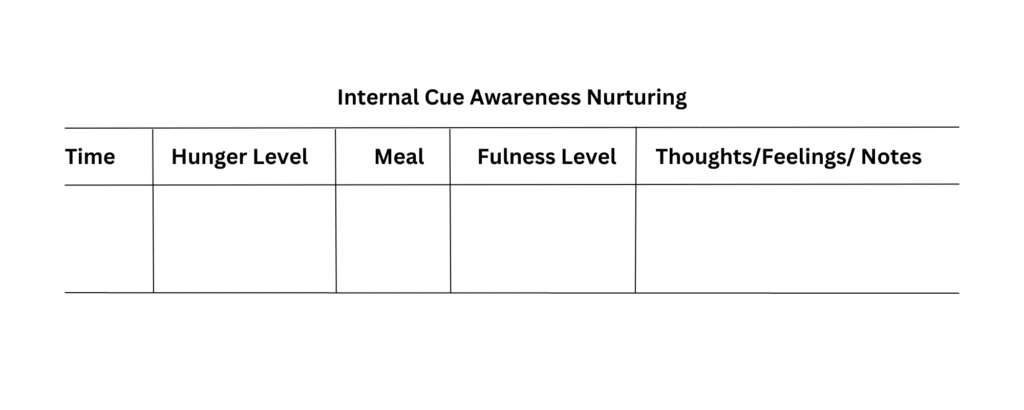
Understand your individual requirements.
It can be helpful to first gain an understanding of our individual requirements and then match this with how our meals are making us feel. Check out our calculator to work out your individual needs and then use a meal plan template to provide practical guidance on what a week of meeting those needs might look like. When we have structure and routine with our meals it makes understanding this process a lot easier.
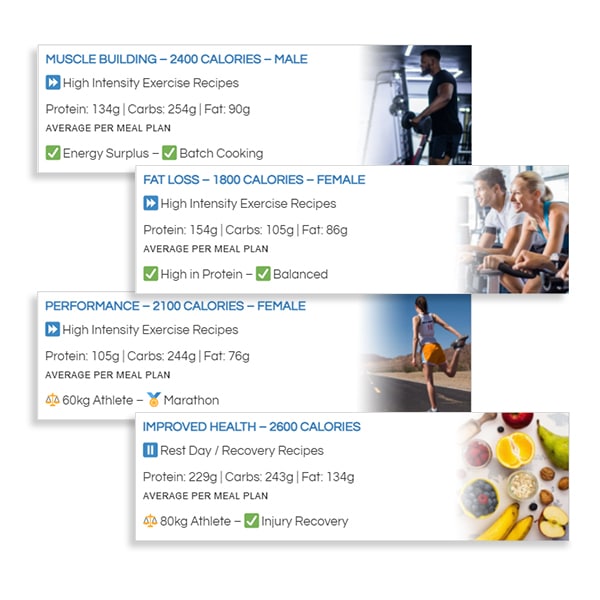
Eat slowly and mindfully
Take your time to eat, savor each bite and pay attention to the flavours and textures of your food. This can help you feel full faster and avoid overeating. Practice mindful eating: Try to avoid distractions while eating, such as watching TV or scrolling through your phone. This will help you pay attention to your hunger and fullness levels. Our article on mindful eating can help provide some further information on how to adopt a more mindful approach to your
Notice what thoughts and emotions come up as you eat.
Do you feel anxiety, guilt or shame when you eat certain foods, and less of those emotions when you eat other foods? This is because culture has taught people it’s okay to eat as much as they want of some foods while avoiding or restricting others. If this is true for you, it might be beneficial to book in for a consultation with one of our nutritionists/dietitian for some help on the path to food freedom and build the required knowledge to recognise the myths and misconceptions around nutrition you might currently be living by.
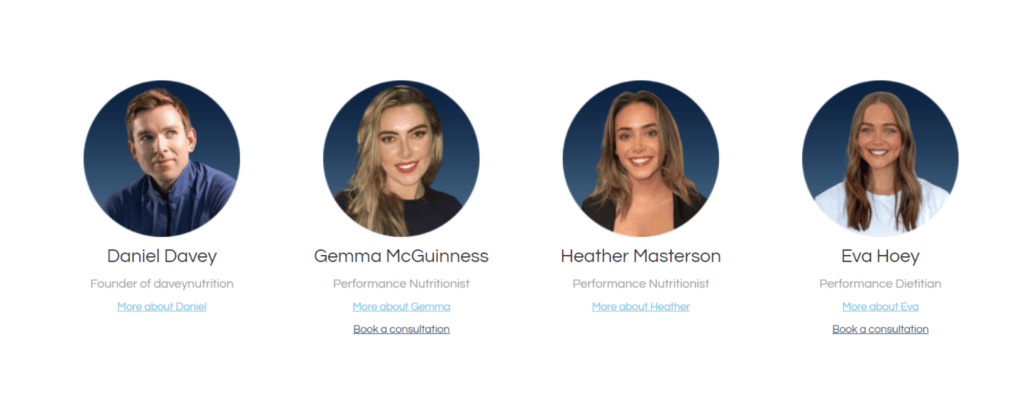
Recognise which foods are satisfying to you and which are not.
Striving for satisfaction with eating will help you to stop eating when satisfied and move on with your life, rather than be preoccupied with food thoughts. If you regularly eat foods that are unsatisfying, or aiming to remove certain foods from your diet that you actually enjoy, consider venturing out to different options, increasing your cooking skills and adding more variety to your meals. Again, you may need to first make peace with foods that are satisfying but currently “off limits.” Try using our recipes to add more variety to your diet and consider branching out and trying something new every week to build up a bank of meals you can rotate between throughout the week.
To summarise, understanding our requirements requires the outer education element that we aim to provide, but ultimately really learning and understanding how those requirements fit into your life requires the development of inner wisdom. Self reflection is key and while tuning into our internal physical senses takes time and effort to build, the value of feeling free to choose and know how different foods make us feel and perform is worth the effort.
